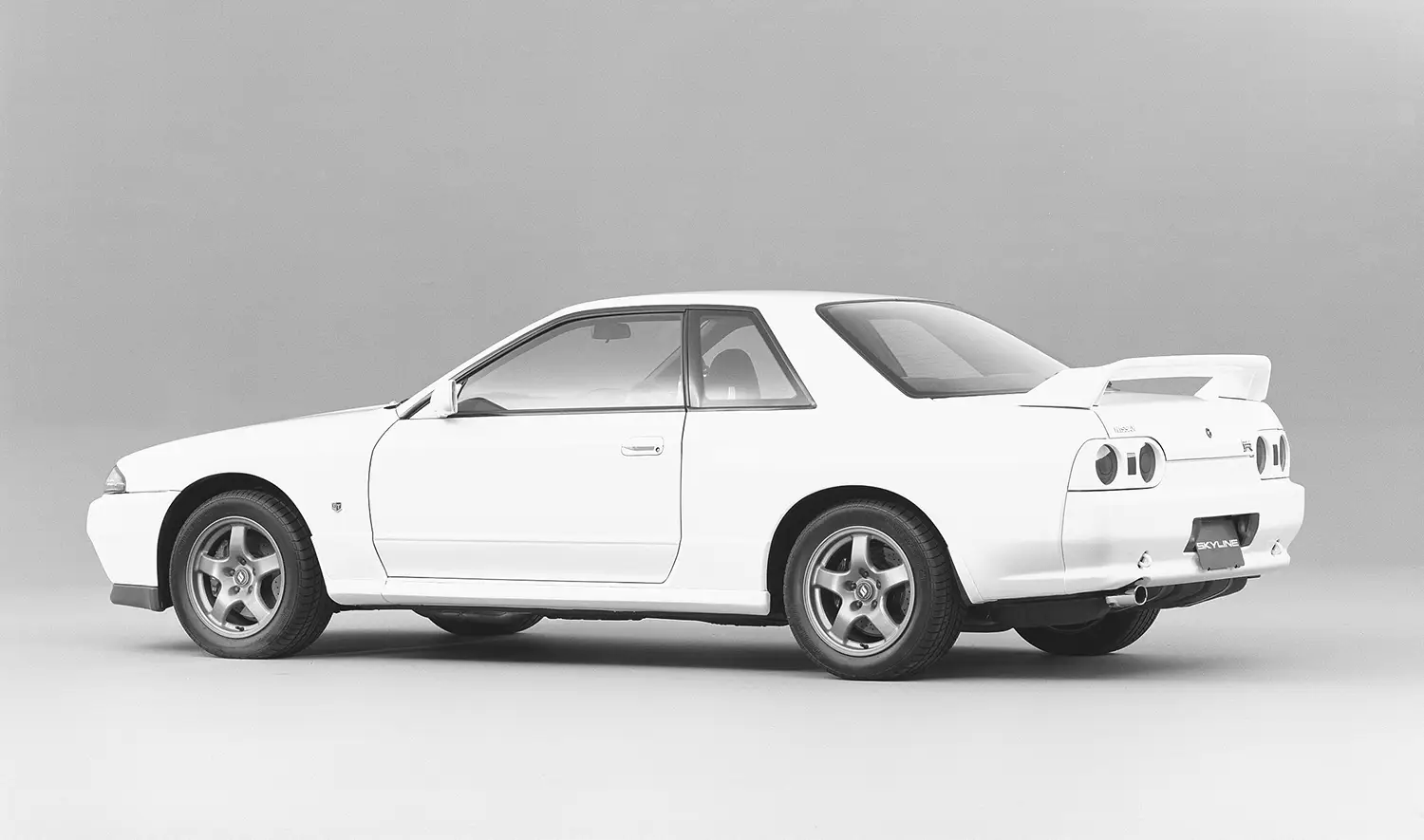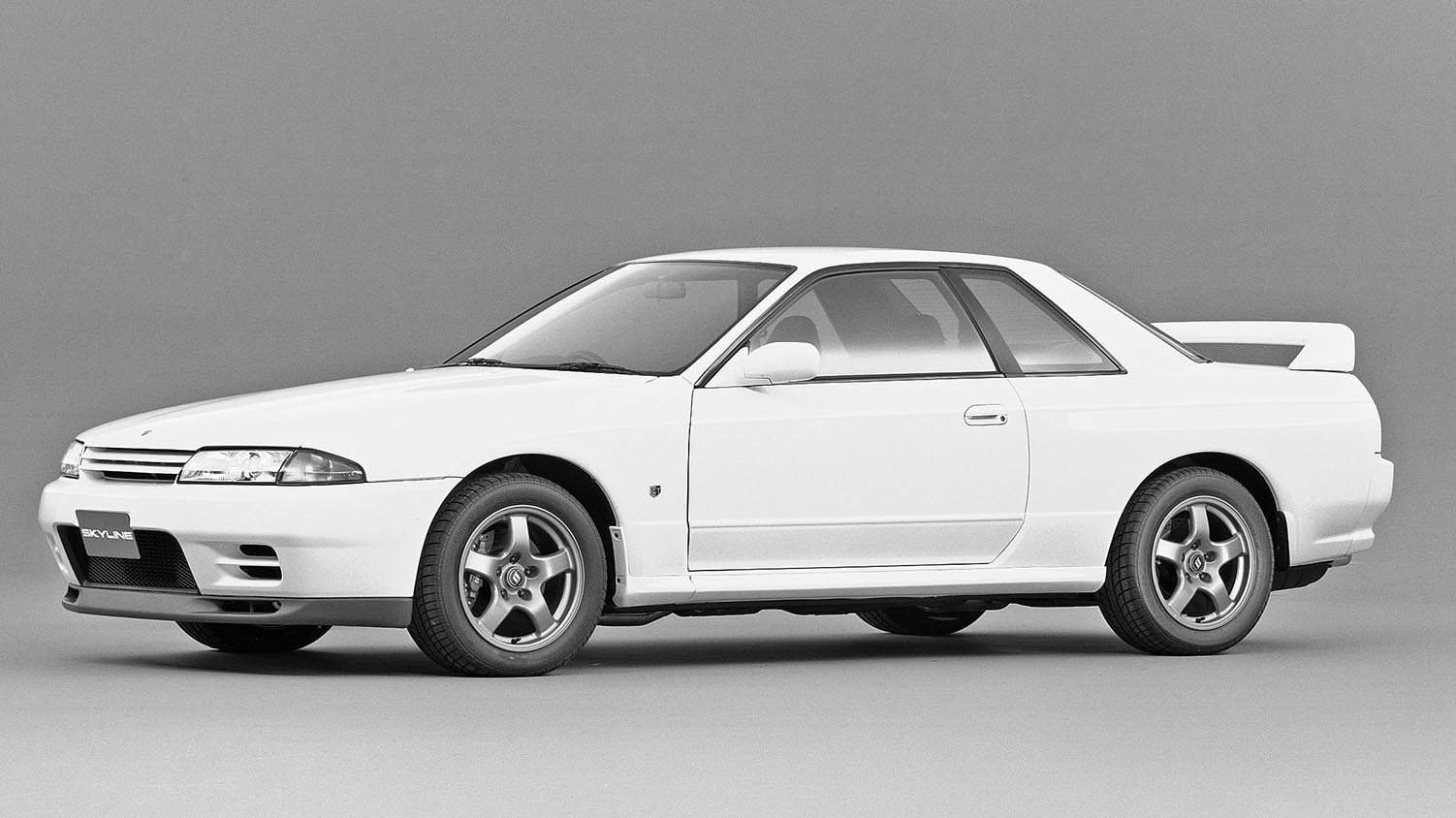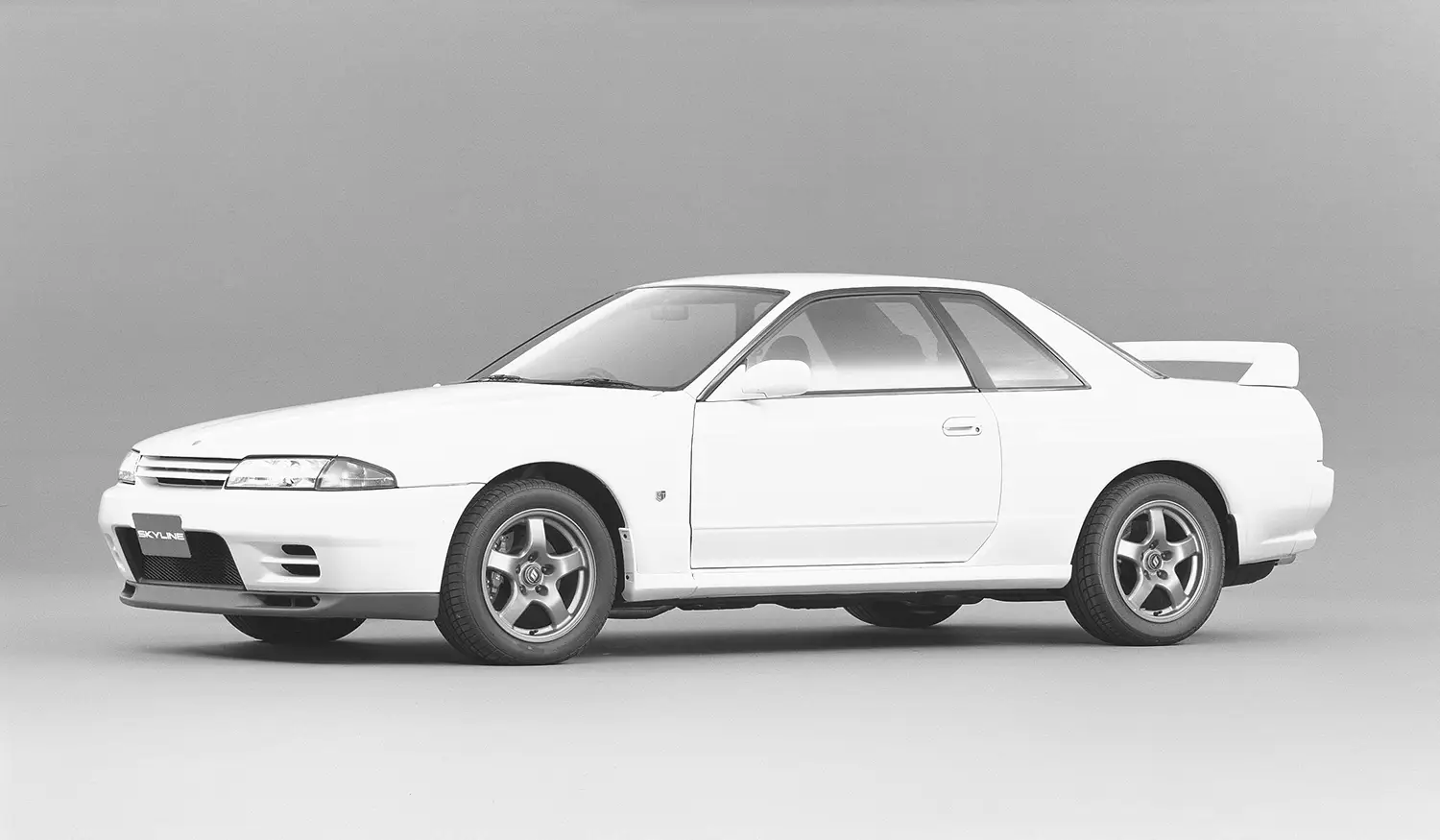
Few cars command respect quite like the R32 generation of Nissan’s legendary GT-R. When it arrived on the global stage, this machine was not just fast; it was technologically advanced and dominant. The 1991 Nissan Skyline GT-R represented the peak of Japanese engineering ambition. It completely reset the performance benchmark for sports coupes worldwide. Codenamed “Godzilla” by the Australian press for its sheer dominance in racing, this car remains a towering figure in automotive culture. Its combination of power and sophistication created a true performance masterpiece.
The Revolutionary Return of the GT-R
The GT-R nameplate had been dormant for sixteen years before the R32 generation launched. Nissan brought it back with a clear mandate to win in Group A touring car racing. The engineers designed the R32 with this singular, aggressive focus in mind. They created a vehicle that was technically superior to almost all competitors. This competitive edge was immediately evident on the track.
The design team gave the R32 a purposeful, muscular appearance. It featured wide fender flares and an aggressive front fascia. The classic round taillights were another deliberate nod to the GT-R’s revered ancestors. However, beneath the metal, the car’s true innovation lay in its complex systems. This machine was built to achieve maximum grip and speed.
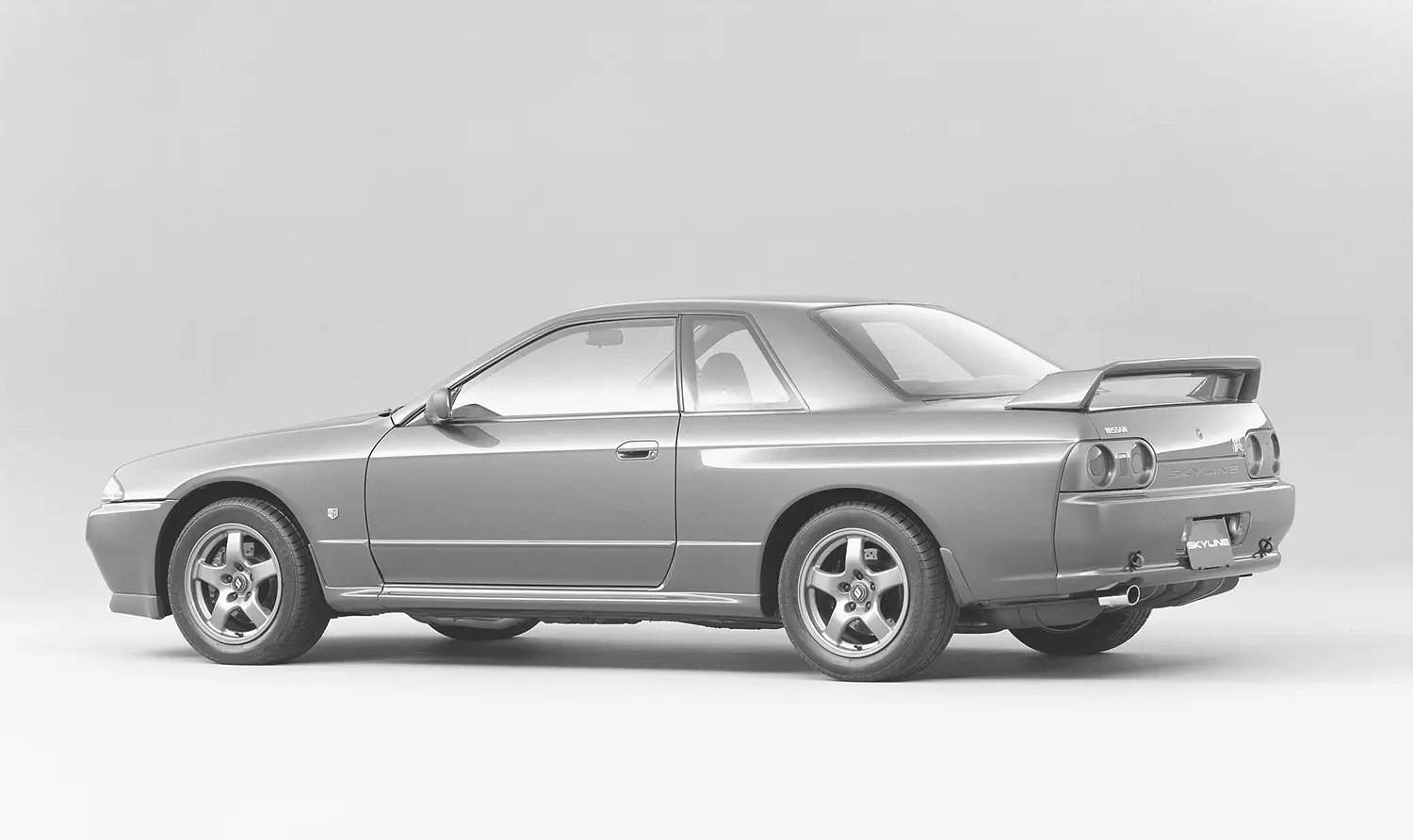
Engineering the All-Wheel-Drive Advantage
At the heart of the R32’s genius was the innovative ATTESA E-TS system. This was an advanced torque split all-wheel-drive setup. It could instantly distribute torque from 0% to the front wheels up to 50% as needed. This constant adjustment allowed the car to maintain incredible traction through high-speed corners. Therefore, the R32 often seemed to defy the laws of physics compared to its rivals. This system was one reason for the car’s unparalleled success in motorsports.
Another crucial element was the HICAS all-wheel steering system. This technology helped to manage the car’s handling at high velocities. It subtly steered the rear wheels, improving stability and agility simultaneously. This sophisticated blend of electronics and mechanical grip defined the GT-R’s reputation. It proved that cutting-edge technology could deliver superior real-world performance.
The Legend of the RB26DETT Engine
The engine powering the R32 quickly became the stuff of legend. Nissan developed the RB26DETT specifically for this car’s racing purpose. It was a 2.6-liter inline-six engine with twin-turbochargers. This configuration gave the car immense power potential. The official power output was rated at 280 horsepower. This figure adhered to the infamous Japanese “gentlemen’s agreement” of the time.
However, the RB26DETT was engineered with far greater capacity for speed. It featured a durable cast-iron block and six individual throttle bodies. This robust design meant that a few simple modifications could easily unleash huge amounts of untapped power. The engine became instantly famous worldwide for its easy tuning potential. This characteristic cemented its popularity in aftermarket circles for decades.
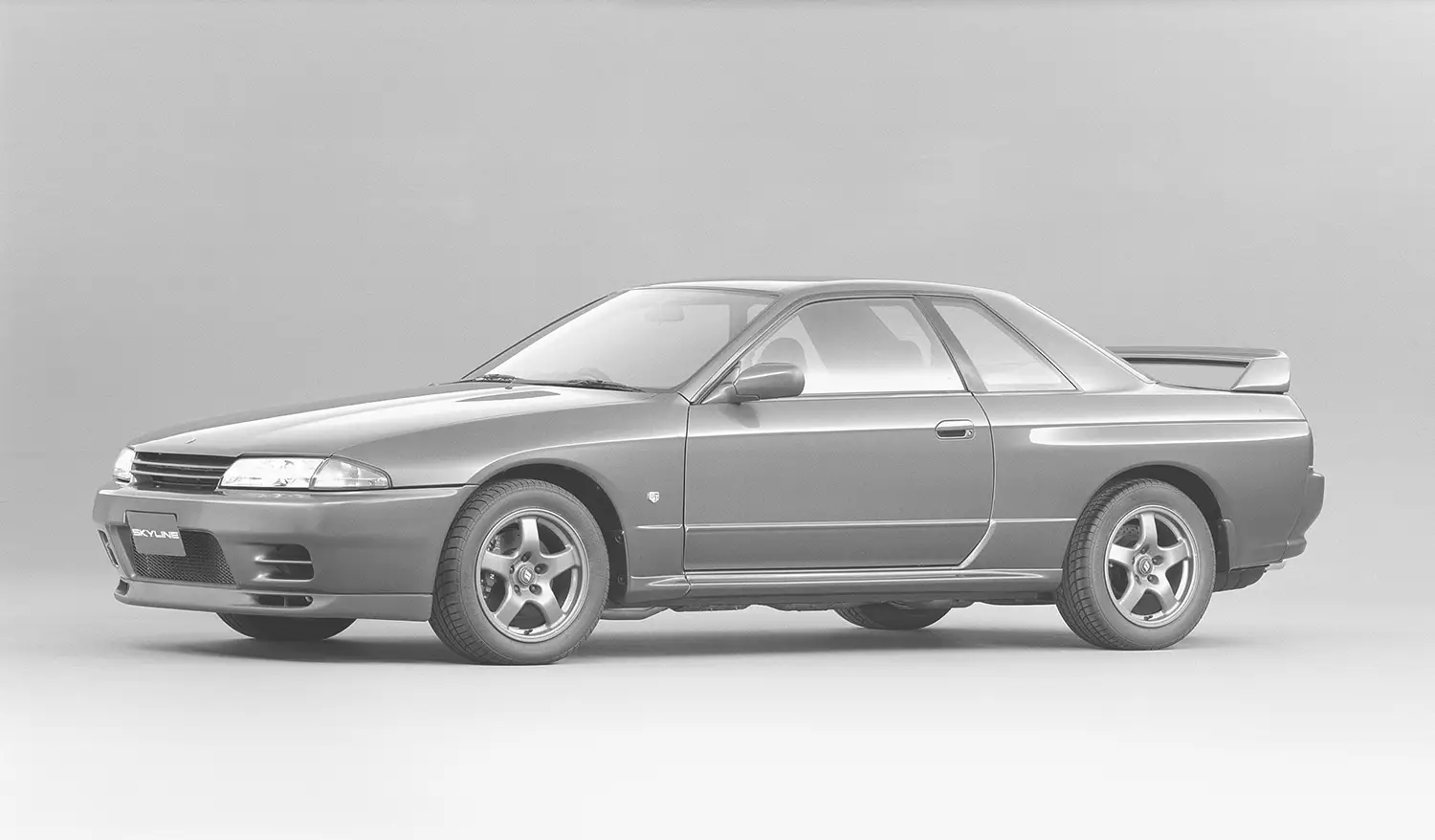
Dominance in Racing and Cultural Stature
The 1991 Nissan Skyline GT-R dominated the racetrack like few cars before or since. It won every single race it entered in the Japanese Touring Car Championship from 1989 through 1993. It also achieved famous victories in Australia, earning its “Godzilla” nickname. This racing success immediately translated into incredible demand for the road car. The GT-R became a symbol of national pride and technological superiority for Japan.
Its performance was startling for the era, even in stock form. The GT-R could achieve 0 to 60 miles per hour in under five seconds. Its incredible stability and speed on a racetrack were world-class. This vehicle paved the way for the wave of high-tech Japanese supercars that followed throughout the 1990s. Its influence on global automotive engineering cannot be overstated.
Power, Engine Specifications, and Performance
The heart of the 1991 GT-R is the twin-turbocharged, 2.6-liter inline-six RB26DETT engine. While officially producing 280 horsepower at 6,800 rpm, its true potential often exceeded 320 horsepower as tested. The engine delivers 260 lb-ft of torque at 4,400 rpm, paired with a five-speed manual transmission. This robust drivetrain works in tandem with the ATTESA E-TS all-wheel-drive system. The system provides instantaneous traction management for superior launches and cornering stability. The car utilizes an independent suspension at all four corners, complemented by four-wheel ventilated disc brakes. This comprehensive mechanical package gave the R32 performance figures capable of challenging contemporary European sports cars costing several times as much. Its technical setup was genuinely ahead of its time.
Summary of the R32 Legacy
The 1991 Nissan Skyline GT-R earned its iconic status through unparalleled engineering and motorsport dominance. It was a bold statement from Nissan, showcasing the power of technology and focused design. The revolutionary ATTESA E-TS system and the legendary RB26DETT engine defined a generation of performance cars. Even today, the R32 Skyline is celebrated globally as the car that proved Japanese engineering could conquer the world’s most competitive racing circuits. It remains one of the most recognizable and revered machines of the modern era.
Disclaimer: Content on this site is for informational purposes only. Vehicle specs, pricing, and availability may change. Always verify details with official sources before making decisions. Opinions are those of the authors.
Source: Nissan
